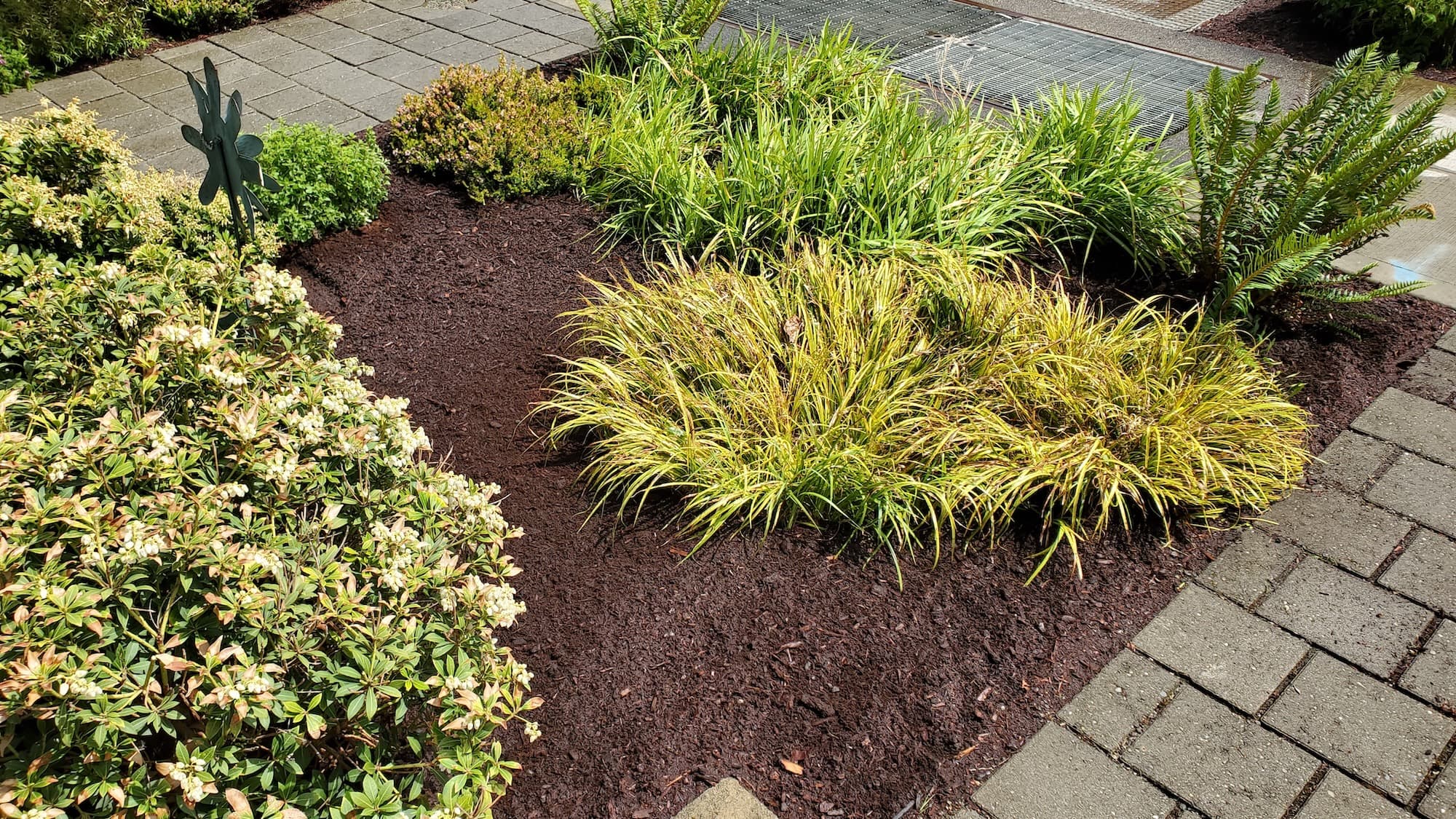Chain link fence repair — Burien
Homeowner’s Issue
Chain link fences in our rainy, temperate climate often face sagging, rust, and loose fittings from wind and persistent moisture. In Burien yards — especially on properties near White Center or Seahurst Park — heavy winter rains and compacted clay or fill soils can shift posts, reduce drainage, and let moss or ivy accelerate corrosion.
Sloped lots and exposure to salt air on lower coastal sections make tension and post stability common issues for landlords and homeowners. Property goals vary from secure rental boundaries to neat curb appeal, so repairs should prioritize durability, easy maintenance, and sustainable methods that avoid herbicides and reduce waste.
Our focus is fixing the root cause — improving drainage, resetting posts to firm footing, and using longer-lasting, rust-resistant fittings — so repairs last through Puget Sound winters without frequent rework. We tailor work to your priorities: security for tenants, tidy presentation for listings, or low-upkeep solutions for busy homeowners.
Our Quality Service
We inspect the full fence line, identify weak posts, and assess mesh tension before any repair work begins. Work is planned around local soil, slope, and runoff patterns so fixes are practical and long-lasting.
Repairs use sustainable practices: mechanical rust removal, selective part replacement, and improved drainage with gravel or weep paths. Benefits include enhanced safety, better curb appeal, lower maintenance needs, and fewer repeat visits over time.
What’s Included
- Full fence inspection and documented condition notes.
- Post resetting or replacement and concrete-free gravel footings where appropriate.
- Mesh re-tensioning, replacement of damaged links, gate alignment.
- Rust treatment and protective fittings to extend life.
- Cleanup and disposal with green bin or haul-away options.
Optional upgrades:
- Mulch + landscaping fabric along fence line to reduce weed pressure.
- Organic, mechanical weed control (no herbicides).
- Gravel trenching to improve drainage and prevent post rot.
- Haul-away vs. green bin disposal choice.
Before & After / Expectations
After repair expect firmer posts, uniform tension, and a cleaner line that resists sagging through the rainy season. We recommend a short follow-up check within 30–60 days to ensure settling hasn’t affected tension or gates.
Care tips:
- Keep mulch 2–3” back from posts to prevent trapping moisture.
- Manually remove ivy and moss; use a stiff brush and water to avoid chemicals.
- Monitor drainage at the base of posts after heavy rain and add gravel if pooling appears.
FAQs
How long does a typical repair take?
Minor repairs (few links, a post) usually take a few hours; full sections and post resets can take a day. We schedule to avoid wettest windows when possible.
Will repairs stop rust?
We treat and replace affected parts and add protective fittings to slow corrosion, but coastal exposure will still need periodic checks. Mechanical treatment and prevention are the sustainable approach we use.
Do you use herbicides or chemicals?
No — we use organic and mechanical methods only, focusing on mulch, fabric, and manual removal to manage weeds and regrowth.
Do you need access to the backyard or gate?
Yes, safe access and a clear path help speed work. If access is limited, we’ll discuss logistics during the estimate.
Call to Action
Local landlords and homeowners can book a free estimate and quick scheduling with our Burien-based crew. We deliver dependable, sustainable repairs focused on safety, curb appeal, and long-lasting results.
Email to schedule: neatandtidyseattle@gmail.com










